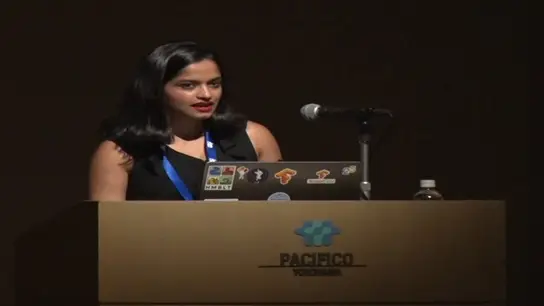Probability Distributions for Doubly-Bounded Random Variables
Michael Smithson
-
Members: FreeCIS
IEEE Members: Free
Non-members: FreeLength: 00:32:50
13 Jul 2021
Fuzzy data can take many different forms, but perhaps the most common kind include fuzzy membership values on the closed unit interval, [0,1]. Appropriate statistical analyses of such data treat them as random variables on the unit interval, which motivates the topic for this talk. A survey of distributions for random variables on the unit interval reveals several practical problems and (in some instances) their solutions:
Nearly all distributions have defined densities only on the open interval (0,1), thereby excluding 0s and 1s. There are some remedies for this, although they are not always satisfactory.
Until recently, there was a very limited variety of available distributions for unit interval variables, especially for modelling their quantiles. However, this class of distributions has been expanded considerably.
The most well-known distributions for unit interval variables have two parameters. Introducing more parameters often results in severe collinearity among parameter estimates. This still is an outstanding problem, but mixture distributions may be a way out.
Few multivariate distribution models are available for collections of unit interval variables, and the popular Dirichlet distribution is limited to compositional data. Copulas may provide a partial solution to this problem.
Nearly all distributions have defined densities only on the open interval (0,1), thereby excluding 0s and 1s. There are some remedies for this, although they are not always satisfactory.
Until recently, there was a very limited variety of available distributions for unit interval variables, especially for modelling their quantiles. However, this class of distributions has been expanded considerably.
The most well-known distributions for unit interval variables have two parameters. Introducing more parameters often results in severe collinearity among parameter estimates. This still is an outstanding problem, but mixture distributions may be a way out.
Few multivariate distribution models are available for collections of unit interval variables, and the popular Dirichlet distribution is limited to compositional data. Copulas may provide a partial solution to this problem.


